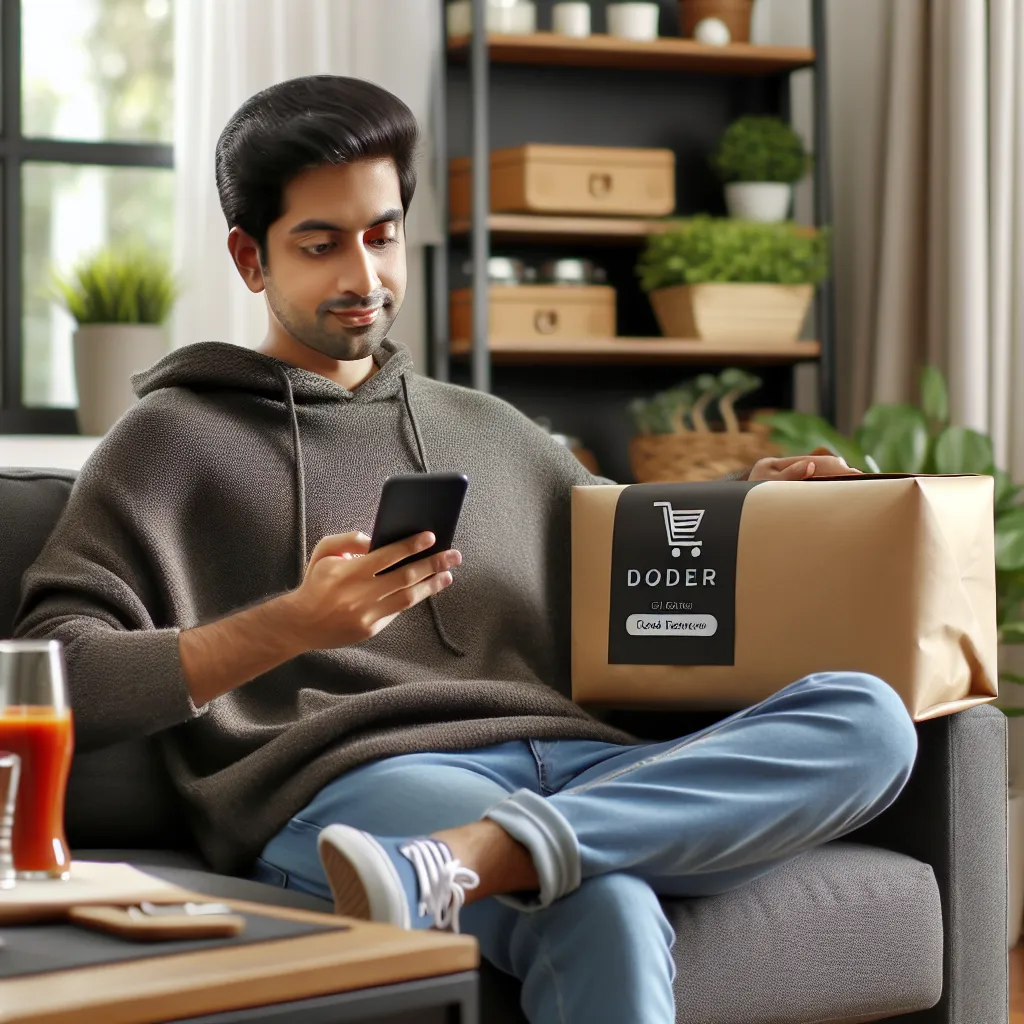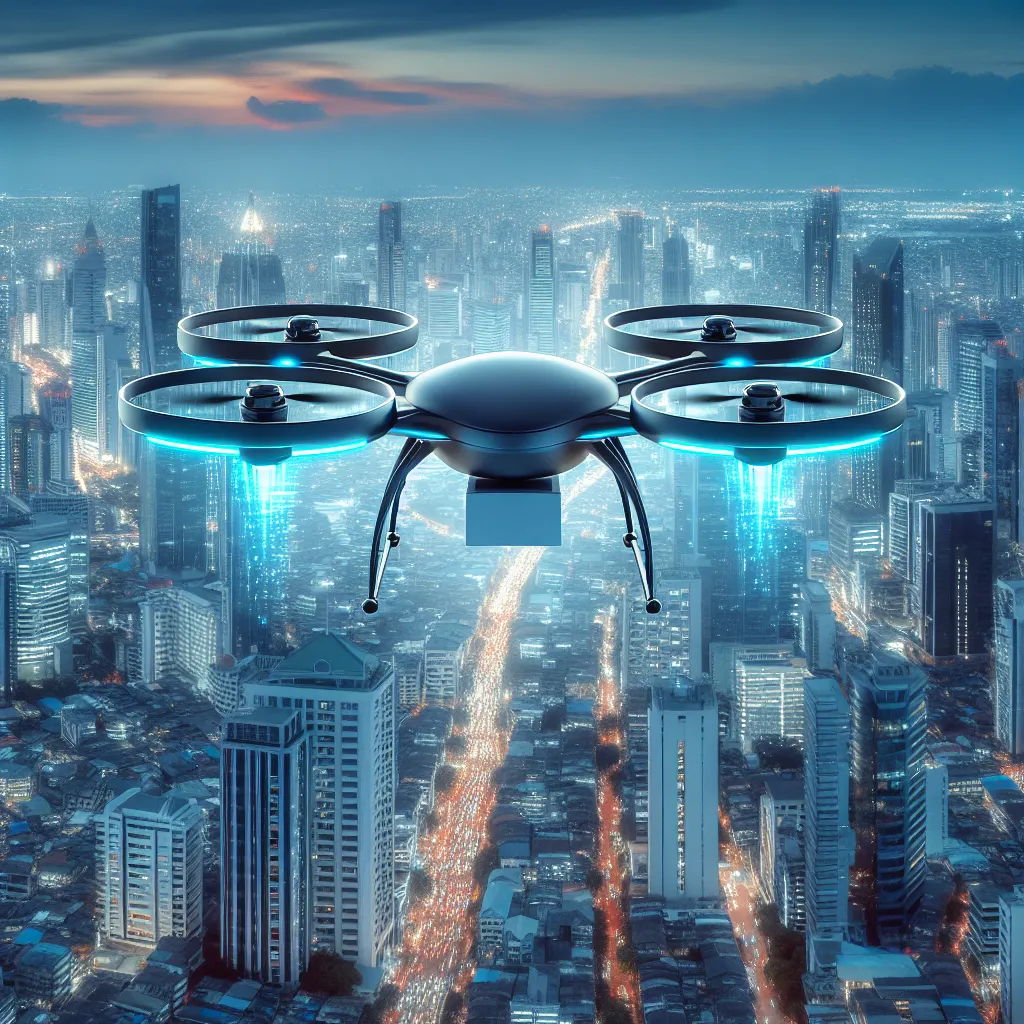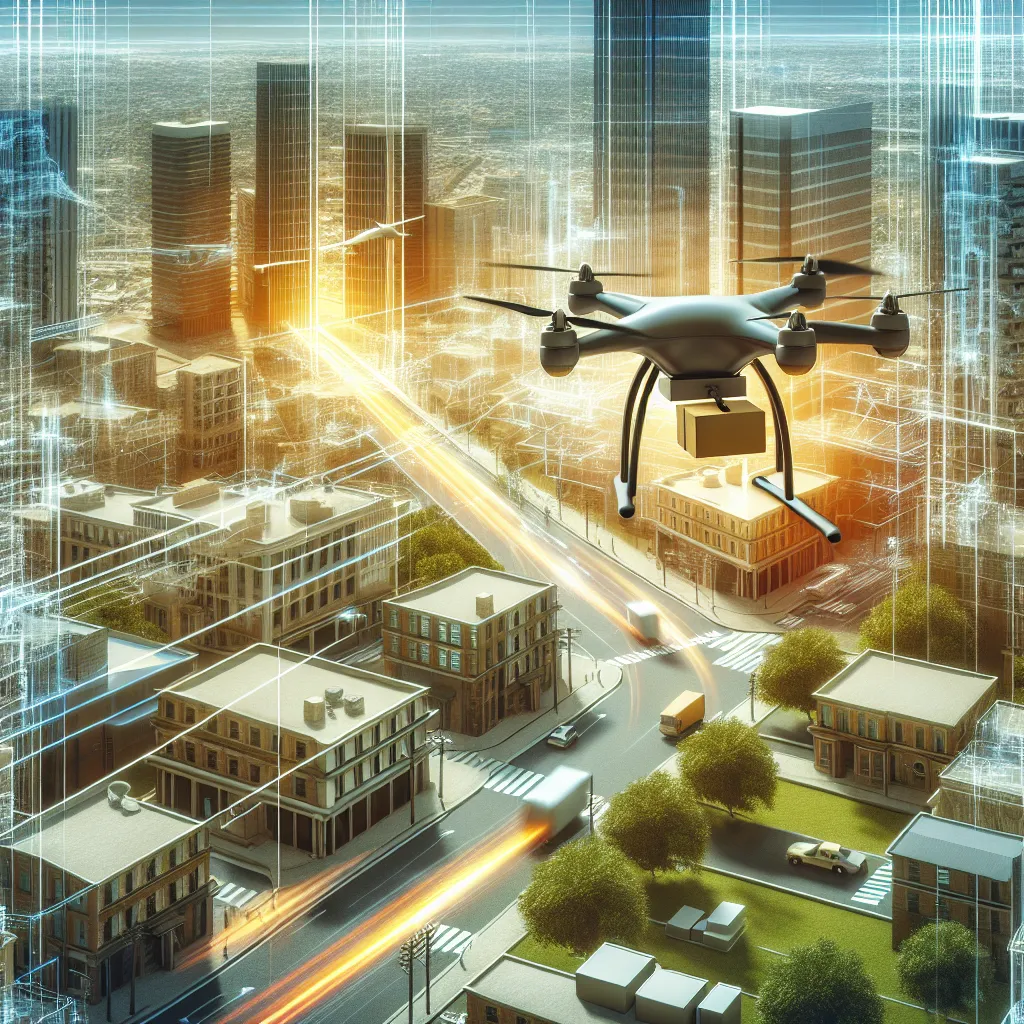The delivery industry is currently undergoing a significant shift due to the increasing demand for same-day delivery services, driven by consumers’ desire for quick and convenient delivery options in the thriving e-commerce market. This trend presents both challenges and opportunities for businesses, as they must meet heightened customer expectations while also benefiting from the potential differentiation and enhanced customer satisfaction that fast and reliable delivery options can bring. To capitalize on this demand, companies need to adapt to the changing landscape by investing in advanced logistics systems, leveraging data analytics, and exploring innovative partnerships and technologies. Furthermore, innovations in last-mile delivery technology, such as autonomous vehicles, advanced route optimization software, and smart lockers, offer promising solutions to meet the growing demand for efficient last-mile delivery while reducing environmental impact. These developments highlight the need for businesses to embrace innovation and address evolving customer needs to succeed in a market prioritizing speed and efficiency.
Category: delivery
The delivery category encompasses a wide range of services and methods used to transport goods from one location to another. This category includes various forms of delivery such as shipping, courier services, and direct-to-door delivery. It also covers different modes of transportation, including land, air, and sea freight. In addition, the delivery category involves aspects such as tracking, packaging, and last-mile logistics, which are essential for ensuring that goods reach their intended destination in a timely and efficient manner. With the increasing popularity of e-commerce, the delivery category has become increasingly important for businesses and consumers alike, driving innovation and improvements in delivery methods and technologies.
The delivery category can be further divided into subcategories based on specific types of services and logistical requirements. For instance, it can include express delivery services for urgent shipments, temperature-controlled delivery for perishable goods, and freight forwarding for large-scale transportation needs. Each subcategory is tailored to meet the unique demands of different industries and businesses, providing specialized solutions to ensure the safe and timely delivery of diverse products. As e-commerce continues to expand globally, the delivery category is expected to evolve further, integrating advanced technologies such as drones and autonomous vehicles to enhance efficiency and meet the growing demand for fast and reliable delivery services.

The Rise of Delivery Services: Changing Consumer Behavior
The article discusses the significant rise in delivery service utilization, marking a notable shift in consumer habits, particularly in food, groceries, and retail products. With the convenience and efficiency of delivery services, there has been a redefinition of the traditional shopping experience, prompting businesses to expand their delivery capabilities. This transformation has been further accelerated by the global pandemic, influencing consumer expectations regarding speed and accessibility. Moreover, the article highlights that delivery services have reshaped consumer behavior, fostering a preference for seamless and expedient solutions, ultimately urging businesses to adapt to this evolving landscape and prioritize the delivery experience to remain competitive in the modern market. If you want to understand how delivery services are reshaping consumer behavior and the imperative for businesses to adapt to this evolving landscape, this article provides a comprehensive insight into these trends and their impacts.

The Impact of Delivery Apps on Local Businesses
The article highlights the challenges faced by local businesses due to the rise of delivery apps, including increased competition, high commission fees, and operational strains. It emphasizes the need for strategic adaptation for local businesses to thrive in the digital age. The subsequent section provides strategies for local businesses to adapt to changing consumer behavior, such as embracing technology, enhancing the customer experience, and leveraging social media and digital marketing. The article effectively communicates the profound impact of delivery apps on local businesses and emphasizes the potential for thriving in the evolving landscape through strategic adaptation and embracing technology.

Technology Innovations Shaping the Future of Delivery
The article “Drone Delivery: Revolutionizing the Last Mile” presents how drone technology is transforming the delivery industry by offering unparalleled efficiency and speed in the last-mile delivery process. It discusses the challenges faced by traditional delivery methods and how drones can address them by optimizing operations, reducing delivery times, and minimizing environmental impact. The integration of advanced navigation systems and AI-powered route optimization enables drones to navigate urban environments with precision, ultimately reshaping the future of delivery. Furthermore, the potential for drones to facilitate deliveries in remote areas and urgent medical supply scenarios showcases their transformative impact. In conclusion, the article highlights the potential of drone delivery to set new standards for convenience and reliability in the delivery industry, positioning it as a prime example of technology innovations reshaping the future of delivery. Meanwhile, the article “AI-Powered Logistics: Streamlining Delivery Operations” discusses how Artificial Intelligence (AI) is revolutionizing the delivery industry by offering significant improvements in route optimization, demand forecasting, and real-time tracking. It emphasizes AI’s ability to analyze vast amounts of data to identify patterns and optimize delivery routes, leading to reduced delivery times, lower fuel consumption, and cost savings. Additionally, AI enables precise demand forecasting, optimized inventory levels, and effective resource allocation, ultimately enhancing customer satisfaction. Real-time tracking powered by AI provides detailed visibility into the delivery process, fostering trust and transparency. The article underlines how AI is streamlining delivery operations and revolutionizing the industry, showcasing its potential to meet evolving demands and enhance efficiency.

Challenges and Opportunities in the Delivery Industry
The article “Navigating Last-Mile Delivery Challenges in Urban Areas” provides a comprehensive look at the challenges and opportunities within the transportation and logistics industry, particularly in urban settings. It highlights issues such as congestion, limited parking, and the surge in small deliveries, while also exploring innovative solutions like micro-fulfillment centers and eco-friendly delivery vehicles. The piece also emphasizes the importance of advanced route planning software, GPS technology, and real-time tracking for overcoming complexities in urban last-mile delivery. Moreover, it underscores how these challenges pave the way for innovation and growth within the delivery industry, encouraging businesses to leverage technology and sustainable practices to establish competitive advantages and meet the evolving needs of urban consumers. The accompanying section on “Technology and Innovation: Transforming the Future of Delivery Services” further delves into the impact of advanced technologies on delivery management and execution, highlighting the challenges of integrating new technologies as well as the abundant opportunities they present. With a focus on automation, predictive analytics, real-time tracking, and seamless communication between providers and customers, the article underscores how technology and innovation have the potential to revolutionize last-mile delivery and enhance customer satisfaction. This thorough exploration of the subject matter makes the complete article a valuable read for anyone seeking a deeper understanding of urban last-mile delivery challenges and the transformative impact of technology on the delivery industry.

